In my role at Esri, I am frequently asked to define the value of GIS and location technology for commercial real estate (CRE) organizations. To me, the value is less about pretty maps and snappy apps and more about developing a strategy that makes good use of your location data resources. I’m talking about the importance of devising a location strategy.
What is a location strategy, and why does your organization need one? The commercial real estate industry—including office space and retail, industrial, and special-purpose buildings—is driven by understanding information, and this understanding can be derived from market data. You already have this data in your business systems, spreadsheets, documents, images, and in your head. All this data has one thing in common: location.
Everything in real estate has some location-related aspect. How you manage your data to derive understanding becomes your location strategy. So when you think about real estate information in these terms, it’s pretty easy to see that an organizational location strategy makes dollars and sense.
Here’s how to start the process of creating a location strategy:
1. Organize Your Data Holdings
Real estate organizations invest significant amounts of money on data, including hiring professionals who have institutional knowledge.
Managing data in a structured, organized manner is what a GIS does well. Think about how companies handle their customer relationship management (CRM) data. Managing your location data requires a similar approach if you want to leverage its value. Doing so will ensure that your teams and their clients have the most accurate and timely data in their hands.
Real estate organizations need a strategy and a system in order to get the most out of their data investment.
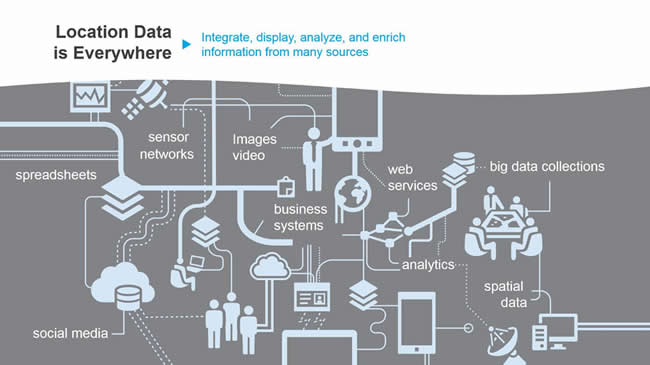
2. Get a Jump on the Competition
Up until a few years ago, the ability for small-to midsize real estate companies to effectively support a location platform was often limited by the high cost of technology, data, and staff. Now, with simple-to-use software-as-a-service (SaaS) mobile technology and the growing availability of open data resources, even the smallest companies are able to use location technology to compete.
For companies of any size, investing in location technology like ArcGIS returns value immediately and allows them to compete with even the biggest players in the market.
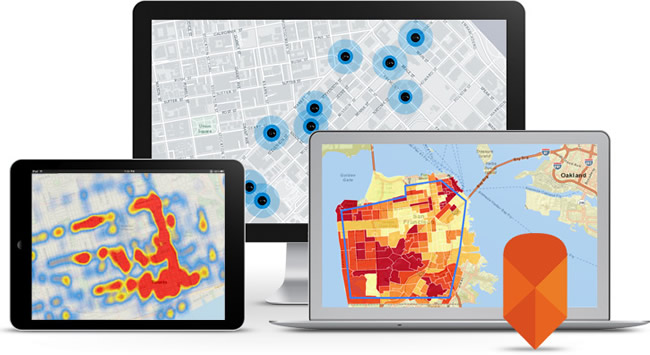
3. Fewer Paper Maps, Please
I love a pretty map. It’s one of the reasons I became interested in geography in the first place. But a map is now more than something you roll out on the conference room table to win a deal. Maps in today’s spatial technology environment provide the means to collect, manage, and share location information throughout your business.
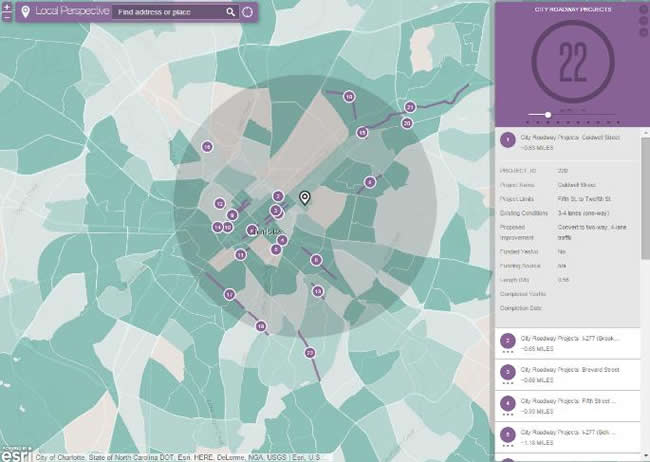
We don’t carry map tubes anymore; we carry mobile devices. We don’t shoot film and have it developed; we take pictures of our sites with GPS-enabled cell phones that record exactly where the photos were taken. Instead of jotting down notes on cocktail napkins, we capture site data in location-enabled devices. These all serve as examples of how location data and a strategy to manage it are changing the way we do business.
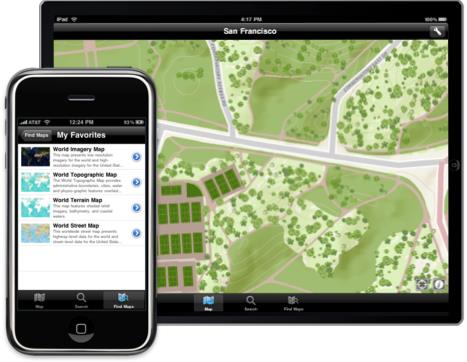
Technology is always evolving. Follow best practices to keep the technology you work with from becoming irrelevant like yesterday’s fax machine, mimeograph, or microfiche. Even if it comes at a short-term cost, making the decision to align with a long-term strategy is the right thing to do.

4. Be Original
“Would you like a 3-, 5-, or 10-ring demographic report with that?”
That statement sounds like you’re putting in an order for fries on the side. Many real estate practitioners still look at site selection and market analysis as consisting of just a map and the report on page 20 of their deal sheet. However, market innovators are changing the game. Accurate location analysis with relevant data is replacing old practices. You can take analysis to the next level by delivering it as compelling, actionable information. Clients now expect information to be delivered to them in ways that their leaders will easily understand.
Shifting your strategy to provide new, compelling, and original information to your clients can pay off in many ways. Better analytics, efficient data management, and relevant information products result in real return on investment.
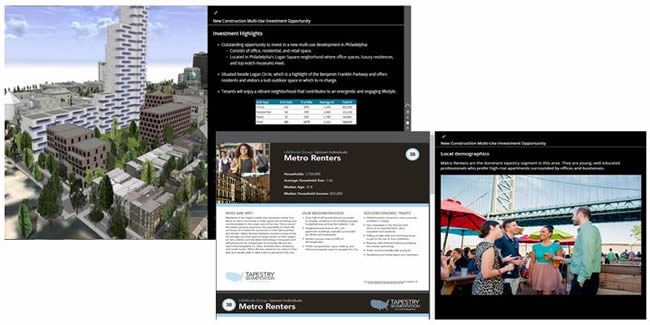
5. Drive a Company Culture of Innovation
I’ve spent a decade working with real estate firms through both good and bad economic times. I’ve seen a lot of companies rise while others fall.

The one common thread among successful companies is an innovative culture. Quite often, the most innovative ideas in the CRE industry come from staff who know just what it takes to win. Allowing your employees to be innovative requires a strategy that is deliberate and purposeful and provides the best tools in the trade to your best talents.
Making the cultural shift to allow innovation is not something that happens overnight; it’s a long-term approach. Developing and supporting a team to incorporate a location strategy provides a foundation for change in one of the most important aspects of real estate: location.
Learn more about Esri’s location platform.

